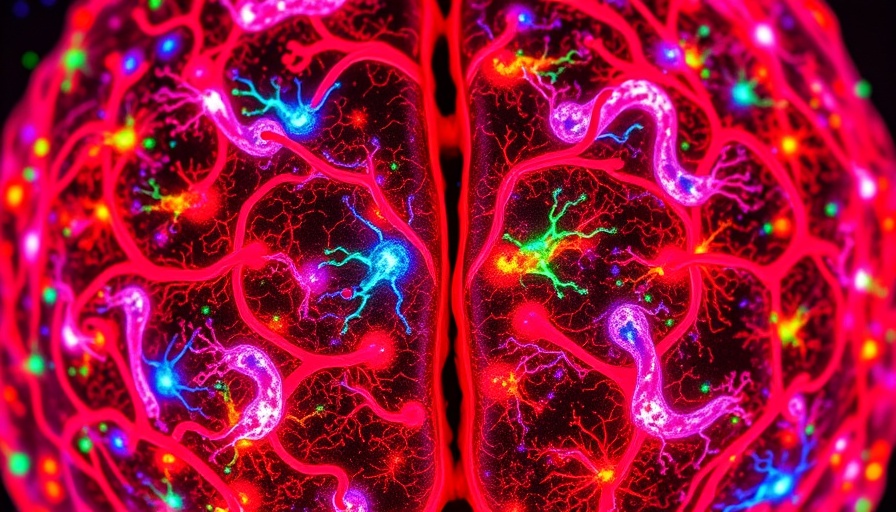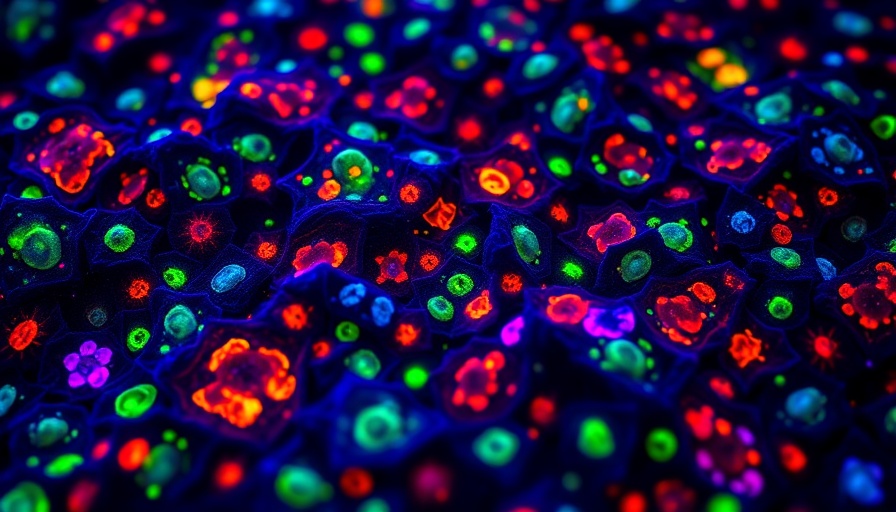
Astrocytes: The Unsung Heroes of Brain Function
In the realm of neuroscience, neurons have traditionally claimed the spotlight as the primary drivers of cognition and behavior. They manage everything from intricate thoughts to basic movements, facilitated by neuromodulators such as dopamine and norepinephrine. However, recent studies have unveiled a critical role played by astrocytes, which were once dismissed as mere support cells. These star-shaped glial cells act as supportive yet dynamic actors within the brain’s complex network, enhancing our understanding of behavior and cognition.
Understanding Neuromodulators and Astrocytes
The recent wave of research suggests that astrocytes are instrumental in how neuromodulators influence neuronal function. Four new independent studies highlight that these neuroglial cells do not simply exist alongside neurons; they actively interact with them and regulate synaptic activity. Particularly, the studies demonstrate that astrocytes respond to signals from neuromodulators, adjusting their activities to influence behavioral outcomes.
The Science Behind Astrocyte Activity
Astrocytes are sensitive to various neuromodulators, and their activation influences the operations of synapses in multiple animal models, including fruit flies, zebrafish, and rodents. For instance, a group of researchers found that when astrocytes in fruit flies were exposed to a norepinephrine-like molecule, they became primed to react to neurotransmitters like dopamine and glutamate. This transition showcases the layers of complexity within neural communication that scientists are only beginning to understand.
Broader Implications for Neurological Disorders
The findings could also have profound implications for understanding neurological and psychiatric disorders. By exploring how astrocytes shape behavior and cognition, we may come to appreciate their potential in developing treatments. Disorders such as depression and anxiety often involve dysregulation in mood states and emotional processes, which could be linked back to astrocytic functions.
The Impact of Inflammation on Astrocytic Activity
Interestingly, astrocytes also play a role in responding to peripheral inflammation. One study indicates that these cells can sense inflammatory signals and alter neuronal activity responsible for stress-induced behaviors. This indicates a pathway through which physical conditions interact with psychological outcomes, providing insights that put astrocytes at the intersection of mind and body.
Changing Perspectives on Neuroplasticity
As new research highlights the influential roles of astrocytes, the most pressing question for scientists becomes: What mechanisms govern astrocytic plasticity? Previously considered to be limited to supporting roles, astrocytes are now seen as active players in synaptic remodeling, meaning they could change the way information is processed and how certain behaviors are expressed.
Future Directions: Research Opportunities
With astrocytic influence now firmly in the research spotlight, there is a growing call for further investigations. Researchers, including Marc Freeman, emphasize the need to appreciate astrocytes not just as auxiliary cells but as essential components of neuronal circuitry. This reevaluation might lead to transformative approaches in neuroscience, linking cellular mechanics to behavioral outcomes, further integrating the diverse roles of glial cells into our understanding of brain health.
Final Thoughts: Rethinking Brain Function
The studies on astrocytes and their interactions with neuromodulators contribute significantly to the ongoing dialogue about brain function. This evolving perspective reinforces the beauty of neuroscience: an intricate string of players—neurons, astrocytes, and their surrounding environment—that together shape our cognitive experiences and behaviors. With continued exploration, we stand to gain not only a deeper understanding of the brain but also new avenues for addressing neurological conditions.
 Add Row
Add Row 

 Add
Add 


Write A Comment